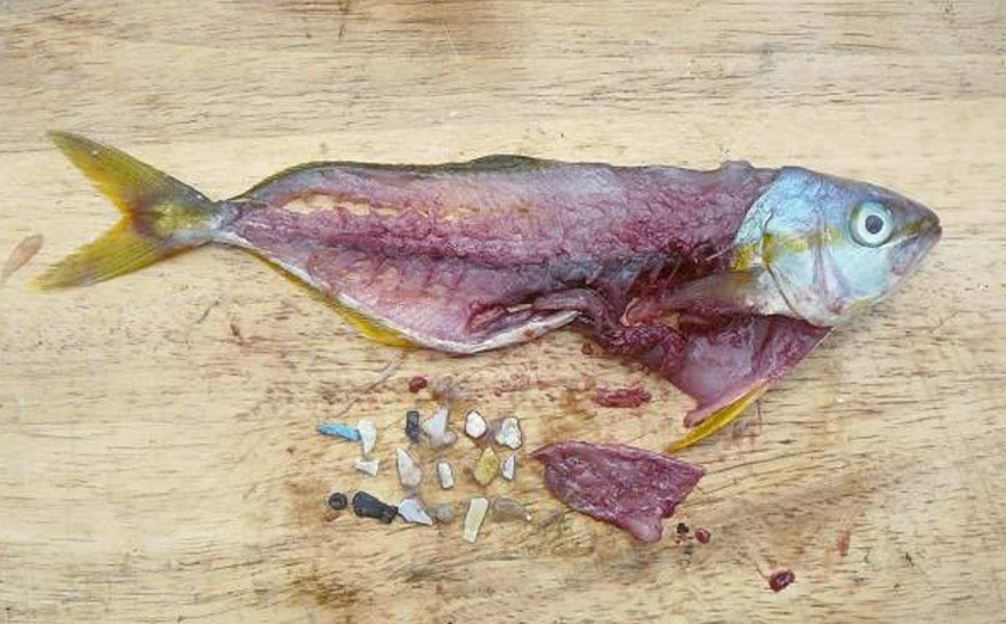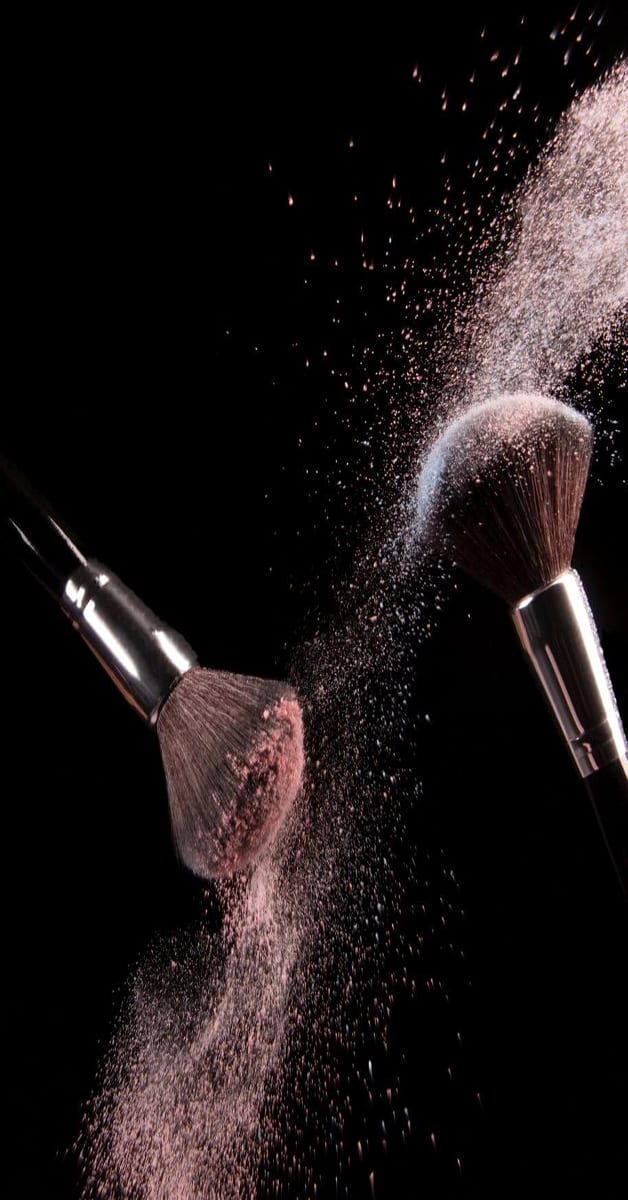Shining… Shimmering… Splendid….. Sparkling…. These four words describes many things, but one strikes the most out of the pack – glitter. This is one of the most favorite materials of crafters, tailors, and makeup brands, to name a few.
Glitter has been a significant part of modern life, especially as people grow up. It makes everything attractive and beautiful. From arts and crafts, it makes many projects glow and stand out, to glittered dresses, an eye-catcher for everyone.

We can’t deny that the beauty of glitter gives us the goosebumps that we need. When it is decorated with any other thing, it just screams perfection.
So, where does this glitter came from? We can almost see this thing everywhere and anywhere. I think it’s time to recall where this cute decorator came from. And realize the dark truths that hide beneath the shimmering façade.
Getting to know glitter
According to Aja Mangum of New York Magazine, glitters already existed from 40,000 to 200 BC, and dubbed it as the “Ancient Glamour”. With this, during the ancient civilizations of Chinese, Greek, Roman, and Egyptian, they used “mica flakes” for its ability as quality enhancer, and the same flakes were also used in cave paintings.
In this sense, even before this generation existed, glitter already played its roles as a beauty enhancer.
After the ancient times, Machinist Henry Ruschmann of Bernardsville, New Jersey reborn the glitter. Before that, glitter was once made from glass but when World War II broke out, “glass glitter” became unavailable. This is the reason why Ruschmann found his way to develop a glitter made from grinned plastics. Seth Garben of Guff stated to his article that the creation of glitter started when Ruschmann was looking for a solution on how to compress old garbage in landfills. So, “he collected scrap plastic materials and refined into magical pixie dust”.
Yes, magical pixie dust coming from scraps. Scraps such as used plastic bottles, wrappers, cellophane, and other “who knows where it came from” disgusting trash. After reading this part, maybe you are starting to recall when and where did you use your glimmering glitter.
Then, during the early sixties, in which Aja Mangum refer it as “Refined shimmer”, glitter paved its way to beauty cosmetics. Several make-up palettes, powders, eye shadows, and lipsticks are covered with glitter for more glamour.
After, the mid-eighties was a “rock” paired with glitters. Hairbands are decorated with more glitters into their hair-stiffening products to add stage presence. Some young fans also use Vaseline to be able to put the same substance to their faces.
The early Nineties made our arts and crafts shiny and colorful. This period is full of sparkle-filled wands and glitter pens. This undeniably until now makes our heart leap. Truthfully speaking, we can still feel the same “excitement” when we see glittered pens from bookshops and online shops. And up to this present time, we can all say glitter spices up our lives.
The Dark Side of Glitter
Intertwined with the shimmering significance brought by glitter is the detrimental harm that it may cause not only to us humans but also to the environment. According to Lisette of Jolly Green Giant, the problem with glitter is all about “microplastic pollution”. PET plastic that is cut into tiny little pieces is called microplastic.
When we used glitter on things or even to our bodies, we washed it away with water because we don’t like it to stay with our skin. After this, do you know where will be the glitters found after?
According to Tox Town, U.S. National Library of Medicine, “when microplastics are washed down a drain, they are not removed by wastewater treatment and eventually create problems in our environment”. The utmost affected is our marine resources. In our ocean, shorelines, sea bed and sea surfaces.
As we can see almost everywhere, floating trashes became a common sight nowadays, which we should never tolerate because it not a good thing. However, the highlight of this is when the edible marine products that we consume are also contaminated with microplastics.

Dr. Richard Thompson, a marine biologist at the University of Plymouth who led a research project in 2016 found out that there are microplastics inside UK-caught fish. These plastics have the potential to cause harm as it disrupts our food chain. Based on the article posted by The Guardian, their data suggests that there more microplastic particles than zooplankton, which are the food of our marine animals.
Their other study also suggested that the micropollutants are already entering their way to our food chain as there are many microplastics found on birds that consume on aquatic insects. They also added that microplastics are undeniably already consumed and inhaled by us, humans. That’s why Lisette of Jolly Green Giant highlighted that “when it comes to glitter, there’s cause for “concern rather than alarm”.
Sustainable Glitter
Glitter already shimmer our lives, ditching it totally may be difficult for us and will take us a long time. Stopping from using it is a very good step. however, for those who can’t abandon glitter and wanted to continue shining, biodegradable glitter might be the answer.
Some companies make harmless and biodegradable glitters. These glitters are made from the cellulose of eucalyptus trees. These companies include Lush, Bioglitz, Glitter Girl, Eco Stardust, Eco Glitter Fun, Good Glitter, and Glitter Revolution.
It’s great that companies have started using making glitter without plastic. However, a recent study of Dr Dannielle Green, senior lecturer in biology at Anglia Ruskin University, reveals that regardless of the type of glitter, glitter still impacts the environment in a negative way. In particular, glitter particles pollute oceans and harm marine life.
The study on the effects of glitter in a freshwater environment were made by collecting water, sediments and plants from the River Glaven in Norfolk. Dr. Green’s team set up miniature ponds in the lab, which they tested with six different types of glitter, including the biodegrable glitter. They found that both conventional and alternative glitters impact the aquatic ecosystems within a short period of time.
Dr. Danielle Green said, “All types, including so-called biodegradable glitter, have a negative effect on important primary producers which are the base of the food web, while glitter with a biodegradable cellulose core has an additional impact of encouraging the growth of an invasive species (New Zealand mud snails (Potamopyrgus antipodarum).”
Further research is needed to find the long-term effects of glitter but even in this recent study, scientists’ demand for a worldwide ban on glitter already makes sense. Regardless of which glitter you use, once you wash it away, it still negatively affects the environment.
Conclusion
In most frequent cases, every single thing here on our planet is like a double-edged sword. It is beneficial for you in one way but inevitably detrimental for you on another way around. In this case, we can’t disregard how glitter contributed style and fashion to our lives, everything around us was once associated or decorated with glitters. Using glitter is cute and fun, but not until we recognized what is the aftermath of beautifying ourselves with such substance.
At this moment, we are given the chance to weigh if we chose to continue using it even after knowing the negative consequences or completely restrain ourselves from using it. Although we feed ourselves that using it rarely will not cause that much harm, imagine if 1 billion people at the same time are saying that. Will that cause an alarm?
Even with the introduction of sustainable glitters, we should not always think that we should get what we want because not all the time, our wants will bring us a good fortune.
If possible, we should ditch glitter because while it is so sparkly, it is also a toxic substance to animals and the environment. Even eco alternatives won’t help because they still hurt ecosystems when they go down the drain.




